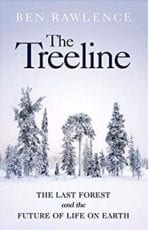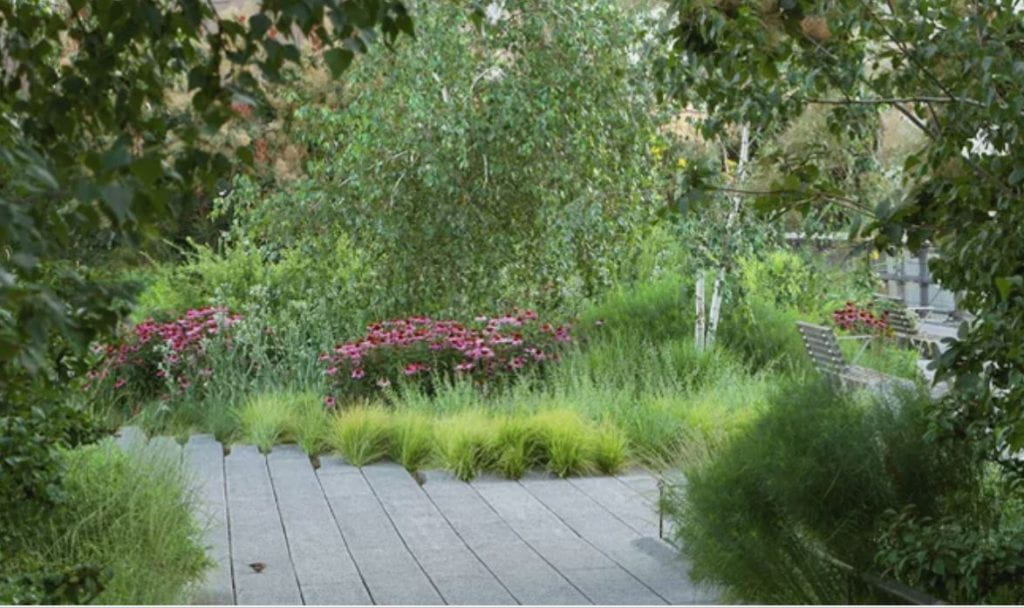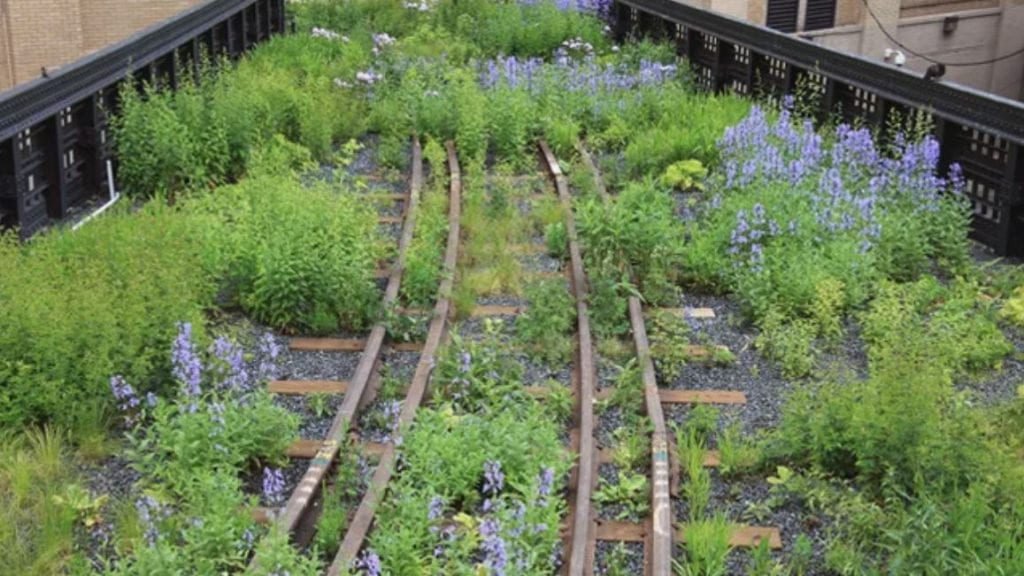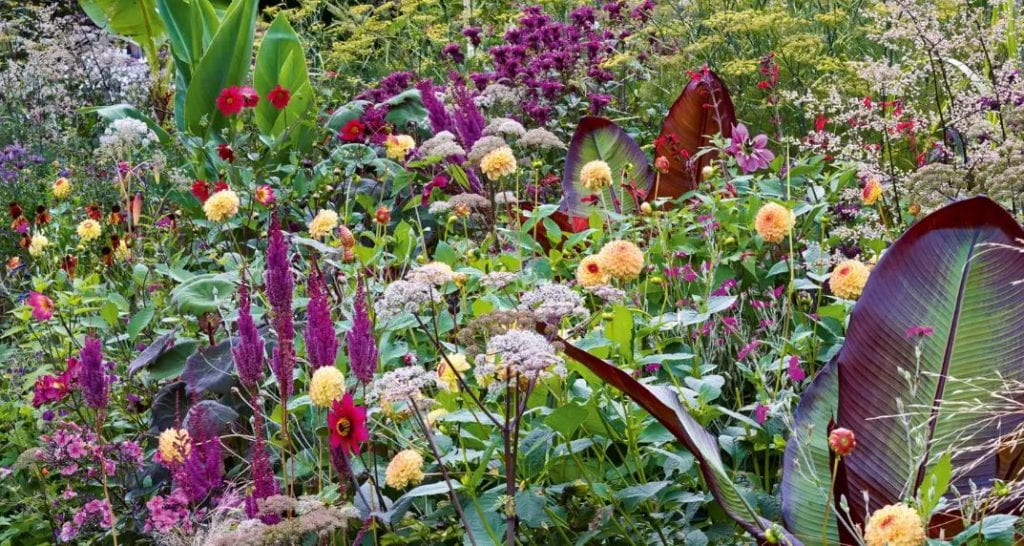The Treeline: The last forest and the future of life on earth by Ben Rawlence

The trees are on the move. They shouldn’t be.
p7
This is a book that looks at the visible elements of global warming by visiting the boreal forest or the treeline which is the growing limit of trees in cold areas. In some places this line is a couple of metres thick and in others it is kilometers. The boreal forest is the less sexy of the forests – think of the attention on the Amazon rainforest but is the true lung of the world.
. . . the boreal is the planetary engine regulating patterns of wind, rainfall, climate and ocean circulation in the northern hemisphere.
p85
Only a small number of trees make up the treeline – 3 conifers and 3 broadleaves all of which have evolved to withstand the cold. The Scots pine in Scotland, Spruce in Alaska, birch in Scandinavia, larch in Siberia and, to a lesser extent, poplar in Canada and Rowan in Greenland. But as the book makes clear, we also evolved from the forest landscapes – think of our opposable thumbs – and so it is not just the trees that are losing their way of lives but also the people who live and work in these cold lands. For example, the Sami in Finland and Russia where there is less and less space for the reindeer to roam as the ice disappears or doesn’t appear. The languages, cultures and traditions are being clung on to but many have developed other lives in conurbations rather than spending their time out on the snow and ice.
The book argues that we are between times. There is the past where we discovered how we came to be and how we fit into the grand scheme. We haven’t yet worked out how to be in the now or in the future where the past does not fit and this is unsettling
Rawlence’s solution is to reconnect with nature, in particular move to forest school for everything where nature is the classroom. He believes we need to become entangled with other living things to see their value to the planet and to ourselves so that we are thinking like a forest and can not cut down the trees or continue with global warming. If we think of other cultures who are entangled with other living things, not necessarily those connected to boreal forests such as the aborigines in Australia or the tribes that live in the rainforest, their respect and use of the land and animals is very different to ours. They take what they need, have respect for the land and all living things where we take what we want with no seeming end to it and see ourselves as the top of the pyramid of living things. As I sit and write this review in the second heatwave of the year and it is only the start of July, I wonder how long it will take us to get to that point and what crisis will deliver us there.


